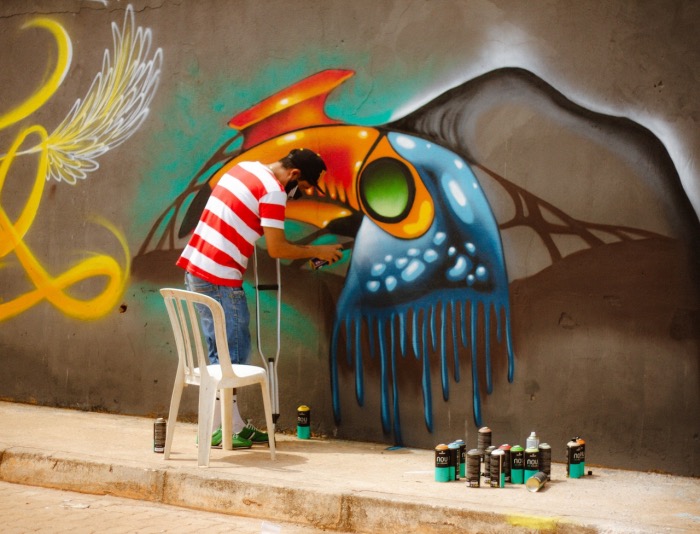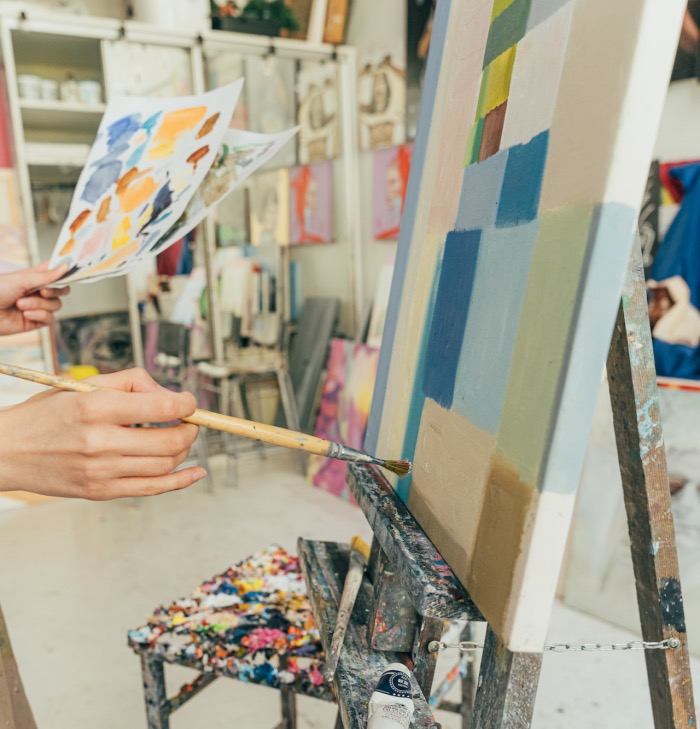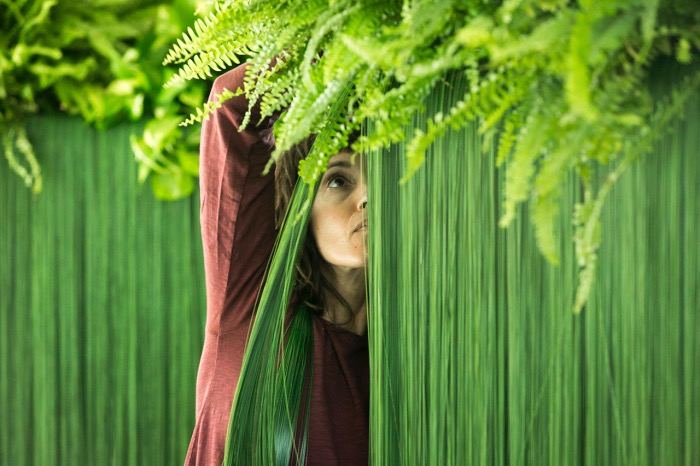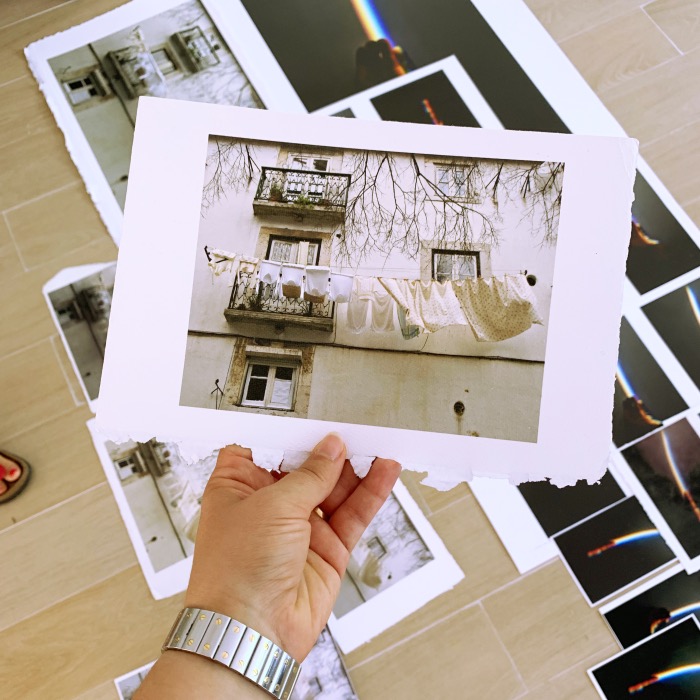
I am often asked what an artist should publish on his or her website or what are the tricks to communicate the works and work of a contemporary artist well.
These questions are not easy to answer mainly because there is no one single answer to give, in fact every artist is in his or her own way and each path requires different strategies and specific content.
However, it is possible to make a list of good practices, i.e. tips that each artist can follow in order to find his or her own way of communicating online, depending also on the target audience.
What should an artist publish on his or her website

First of all, it is important to remember that communicating via social media is important, but it is also crucial for every artist to take care of having their own website, where they can post their story and where they can constantly update their audience on their news.
An artist should publish on his or her website the information needed to make his or her work known to the public and to interact with it. Social media are therefore important, but the website is one’s online home, the reference point for any digital communication.
Here, then, is some content that could form part of a web communication strategy if you are an artist.
PORTFOLIO
A selection of your artwork is a must on your site.
In fact, the first thing I would like to see, if I happen to land on your site, are the works you create and perhaps understand how your style has evolved over time.
Organise your portfolio by categories or themes, adding some details about the year of creation, the technique used and the size of the works.
It would also be nice to see some details of the realisation, so remember to post videos (they could be the same ones you post on yourInstagram profile as Reel) to show in seconds or minutes the steps that allow your works to ‘come to life’.
BIOGRAPHY
An artist’s biography should never be missing from any website.
A brief history of your life as an artist in which you describe your background, your artistic training and your style.
A very interesting biography is that of Francesca Pasquali, to whom I have dedicated a space in my blog for the series of articles on “Artist Studies” and who has a page on her site with a biografy that she constantly updates.

Francesca Pasquali: Labyrinth, 2020 – green PVC bristles, vegetation, supporting metal structures. Environmental installation, dimensions variable. | Site-specific installation at CUBO-Museo d’Impresa del Gruppo Unipol. | ph Fabio Mantovani | courtesy Francesca Pasquali Archive and CUBO-Museo d’Impresa del Gruppo Unipol.
CONTACTS
Contact information is very important so that gallery owners, collectors or enthusiasts can communicate with you.
Among your contact information you should not forget to include your email address, phone number and links to your social media profiles.
In the contract section you can also include the press kit, a ready-to-download document for the press that contains useful information for journalists and art critics, such as high-resolution images, biography and press releases.
EVENTS, NEWS AND BLOGS
An artist’s website cannot be without a section with up-to-date information on current or upcoming events and exhibitions.
This is the first promotional showcase for an artist, in which to give basic news such as dates, locations and descriptions so that anyone can participate.
This is an important section because it is one that is constantly being updated and also allows you to follow your progress over time.
All the news, projects, exhibitions and collaborations in which you participate will always remain visible and, if you put a simple search window on the site, you can allow anyone to understand who you are through the things you do.
It is not compulsory but I recommend that every artist should have their own blog to publish useful content to the public.
Creating a section where you can post articles, interviews and thoughts about your work is a great asset. You can interview a colleague, a gallery owner who has believed in you, a collector who supports you, but you can also publish reflections that are maturing in you the idea for a future exhibition or work.
The blog is your space and you decide how to fill it. You can also dedicate it to interviews and articles that others write about you.
It is a great promotional tool!
In this regard, I would like to point you to the website of the artist Beatrice Zagato, whom I met on Instagram at her studio in Padua.
It was a pleasant surprise because she showed me the place where she works and explained the stylistic and technical choices that allow her to create her works.
I dedicated an article to her in my blog and she published a post summarising our meeting.

La mia visita allo studio di Beatrice Zagato
ONLINE SHOP
If you are a novice artist and want to start selling your work online, you can include an online shop section in your website.
I confess that this is the second thing I visit on an artist’s website that I particularly like. When I do not find the online shop, I hope to immediately locate a gallery that represents that artist. However, I love to buy works directly from the artists!
VIDEOS AND TESTIMONIALS
Including videos of the artist talking about his technique and works, or documenting exhibitions and events he has participated in, is very important.
Remember that if you make videos and content to be published on Facebook, you can archive them all on the website. This way, your promotional work will always be visible even years later.
Also remember to include testimonials from collectors, art critics and other artists who have appreciated your work.
In this regard, I recommend you take a look at the website of Jago, an Italian sculptor who is famous on social media but who tells his story very well on his site thanks to a good combination of text and video.
CONCLUSIONS
In summary, an artist’s website should be a place where the public can learn about and appreciate the artist’s work, find information on events and exhibitions, and have the opportunity to interact with the artist.
Of course, promotion work has to be planned and cannot take time away from creative work.
I am often contacted by artists to work out with them what strategy to use, what content to publish and how to organise the online promotion work.
If you are an artist looking for inspiration or advice, contact me and we will try to figure out what is best to do.

